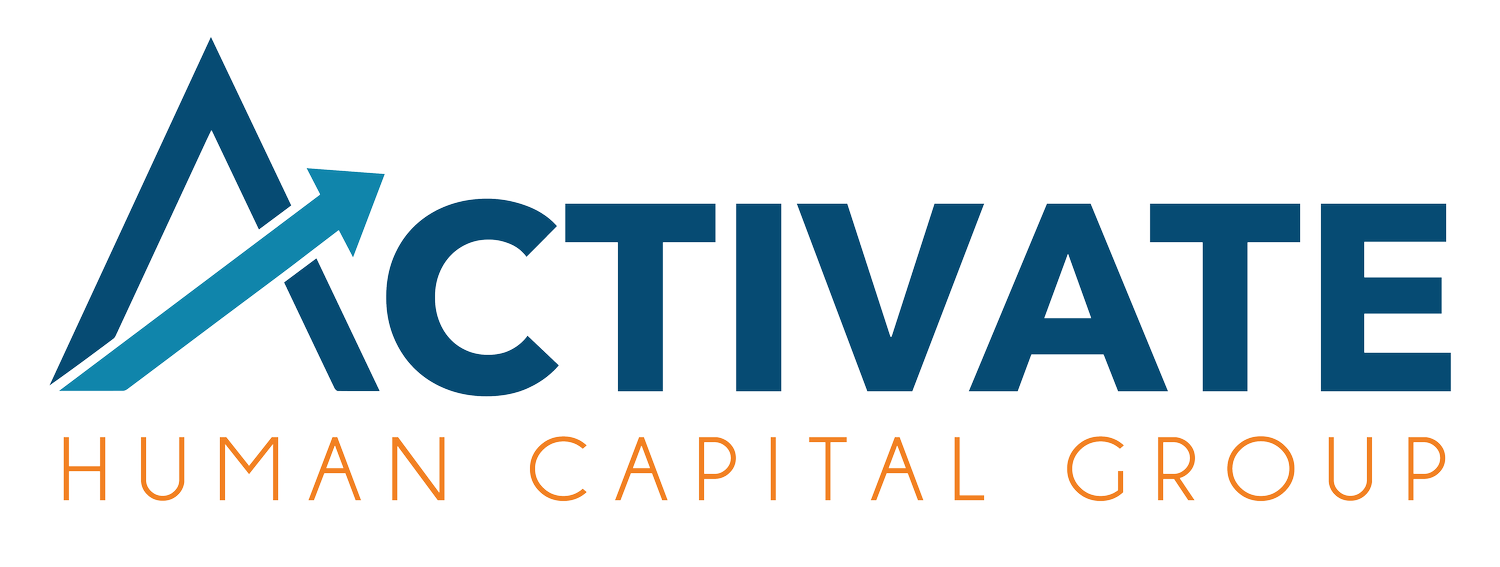Employees are Expensive: Don’t Let Your Recognition Efforts Backfire
“I received an employee of the month award from my school district. The reward was front-row parking at the district office, (a place I rarely visit) – whoopee.
MEANINGFUL RECOGNITION GRADE: F
“We have 12 people in our company. I was the last one last year to receive the Rockstar of the Month award. So, I rank 12 out of 12. Sweet.
MEANINGFUL RECOGNITION GRADE: F
“The best recognition I ever received was encouragement from my manager to take a day off to go fishing. I knew I could TAKE the day off whenever I really needed it, but the fact that my manager KNEW me well enough to suggest it was so powerful.”
MEANINGFUL RECOGNITION GRADE: A
A recent study found that replacing an employee costs between 50 and 150% of the salary. Replacing specialist, senior, or executive positions can cost up to 213% of the salary. This doesn’t include the “hidden costs” of turnover that comes in the form of damaged client relationships or time and productivity loss as a result of vacancies and onboarding. When you find the right employees, you want to do everything in your power to keep them. This not only benefits the bottom line, but increases sales, strengthens customer loyalty, and improves employee morale.
What we see as the lowest-cost, highest-return predictive indicator for innovation and profit, collaboration, and employee satisfaction? Recognition. Leaders who routinely express gratitude for their employees and who foster a culture of peer-to-peer appreciation will see their employees rise to new levels of productivity. And in turn, watch the company rise to new levels of success.
What is Effective Employee Recognition?
Recognition done right isn't difficult. But it does require intentionality and sincerity. Giving a gift card to Starbucks to an employee who doesn't drink coffee is a surefire way to do more harm than good by showing a team member that you don't actually know or truly care about them.
Effective employee recognition goes beyond a simple “thank you” in passing or overarching “good work” handed down from boss to employee. It must be more than vague generalities. To motivate your employees to raise the bar and give the company their best efforts, infuse gratitude into your company culture – bonus points if you can align that gratitude and recognition with a set of core values you actually believe in.
Create opportunities for peers to learn about and meaningfully appreciate their colleagues. This creates connection and camaraderie as employees strive to work together toward a shared goal, knowing their teammates value their efforts. Managers and supervisors should define exactly what great work looks as the cornerstone of their recognition efforts. Doing so not only delivers appreciation that “lands well” but also helps other employees see what great work looks like in your organization. In addition to defining quality work for the team, managers can focus on HOW the work is completed. What attributes does the company esteem, and how do specific employees exemplify such attributes? What strengths does the employee possess, and how do they benefit the team or organization? Effective employee recognition is specific, positive feedback expressed through gratitude across all levels of the organization.
What are the Benefits of Employee Recognition?
1. Defining & Encouraging Excellence: Employee recognition that’s aligned with core values or stems from all levels of the organization streamlines company purposes and goals.
2. Increased Engagement: Social recognition positively impacts employee engagement, motivating appreciated employees to go the extra mile and support their fellow workers.
3. Reinforces Company Values: Recognition points back to company values by elevating employees who exemplify the culture you’re trying to create. Regularly expressing gratitude integrates ideals and behaviors into your employees’ thoughts and actions.
4. Improves Morale & Retention: Research indicates that employees who trust their senior leadership are twice as likely to be engaged in their jobs—and twice as likely to stay.
5. Enhances Leadership at all Levels: Creating a culture of appreciation will help you find your top performers and help you understand what gives them energy as you develop them into your future leaders.
How to Create a Successful Employee Recognition Program
The most effective, culture-shifting form of employee recognition leverages technology to broadcast staff recognition throughout the entire company. Online forums that everyone can see—and any level of staff can contribute to—not only appreciates employees but amplifies the company values and inspires others to emulate them. This is known as social recognition because it occurs between all employees, not just a superior to her subordinate. Because recognition is tied back to the company culture and collective purpose, it drives results. Culture-based programs like EOS can improve recognition simply because they’re focused on measurable outcomes… as we improve visibility into who our top performers are, we can more easily recognize and appreciate our top performers. When employees see that recognition is EARNED, the entire culture of the company changes for the better.
Discover how Activate Human Capital Group can transform your workplace with our unique employee engagement strategies and strengths-based approach. Don't miss the chance to enhance your team's performance and satisfaction. Contact us today to start the conversation about your organization's future!

